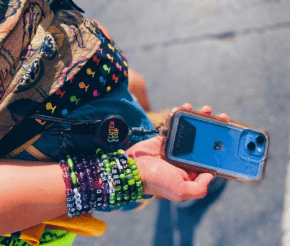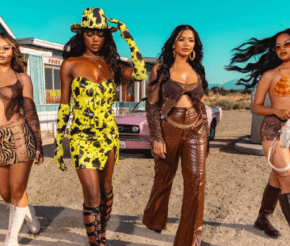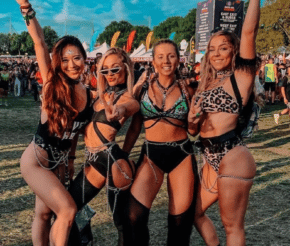- Advertise
-
Subscribe
Why You Should Keep Festival Earplugs in Your Bumbag
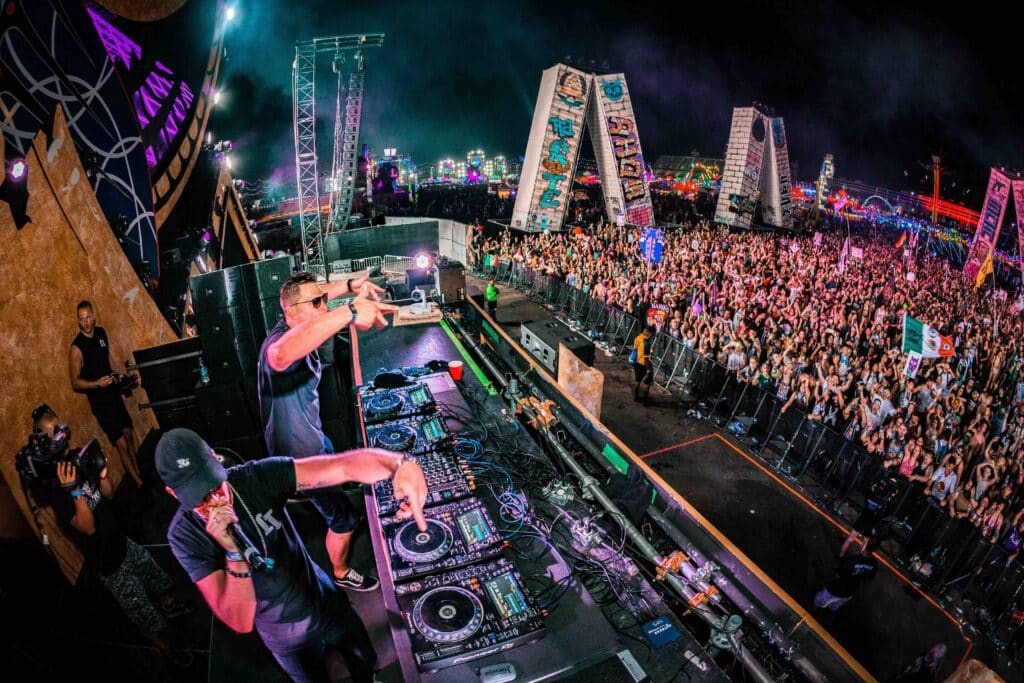
“Music sounds better when it’s turned up” is a valid maxim that anybody would nod at after witnessing Carl Cox’s first-row decibels. But your precious hearing parts might cross swords with your way-too-close-to-the-speaker spot.
Silence teaches us one thing – beats booming loud enough to make our surroundings tremble can’t be doing us any favor.
The dumbest move of it all is not wearing festival earplugs while immersing in Diplo’s set. Most of us label those protective accessories as a pointless asset that ruins our festival fit with the two Q-tips stuck in our hearing parts look.
Earlier this year, the WHO discovered that around a billion people between 12 and 35 risk losing their hearing because of prolonged exposure to loud beats – so you might want to double-check your festival earplugs’ beliefs and theories.
Meet hearing loss and tinnitus
As festival-goers, we’ve all hunted for the crowded place where bullet-hard sounds thump our chests and the bass is loud enough to throw our brains in the back row. Most of us discovered it. Some of us glued our ears to the speakers for an outrageous amount of hours.
One thing is for sure – all of us woke up with ringing ears the next morning.
That annoying ringing is your ears’ revenge for the amount of disrespect you put them through last night. Also dubbed as tinnitus, the weird sensation of buzzing, hissing, chirping, or whistling makes its grand debut in your hearing parts after a high-decibel rendez-vous with a festival.
For a bit of context – the decibel level of a normal conversation stands between 40 to 60 dB. Your annoying morning alarm will bring 70 dB to the table. Stepping into the maximum volume land while wearing headphones will expose your ears to 100 dB.
Crowd surfing at Ultra Festival will translate into 100 to 120 dB – but if you move to the front row, add another 20 dB to the recipe.
You read that right. When you are at a music festival, you channel the loudness of two alarms directly into your ears. This reckless behavior can permanently damage the sensitive structures of your inner ear.
According to the Centers for Disease Control and Prevention, noise above 70 dB over a prolonged period may damage your hearing. But if you turn up the volume to 120 dB – which translates into a music festival’s front row – it can cause immediate harm to your ears.

Not long after that, hearing loss will also join the chatroom and transform normal conversations into mumblings and high-pitched sounds into silence.
Noise-induced hearing loss is that uninvited afterparty character you can’t kick off the couch, no matter how psychotic the music gets and how many missed calls pop in the candy man’s notifications.
Gradual and invisible, this sensorineural deficit doesn’t necessarily make a bold statement when it takes root in your hearing parts. You just wake up one day and realize Peggy Gou’s Boiler Room set doesn’t sound like it used to.
Keeping hearing damage at bay with festival earplugs
When hearing the word “earplugs,” most of us think about the soft foam ones that make everything sound like you are underwater. Whereas traditional earplugs are meant to muffle, festival earplugs won’t completely block out the noise.
Instead, those protective accessories will spread it more evenly to maintain a full sound spectrum. The whole deal is that festival earplugs promise to reduce the volume of noise, beats, and tracks without cutting down on sound quality.

They are a reinterpretation of your ear canal – but this iteration blocks damaging sound frequencies so you can hear crisp, clear beats.
While bringing earplugs to a music festival might sound counterintuitive (you want to hear the music, don’t you?), they should have a special place in your bum bag because they bring volume levels to a safe zone.
Depending on the brand and materials, festival earplugs cut the sheer loudness by 18 to 27 Db – enough to protect your ears while still allowing you to hear your friend leaning over to ask if you’d like another shot.
But… they will ruin my aural experience at the festival
Why would they? A recent study found that 8% of the individuals who wore festival earplugs in a high-decibel environment experienced hearing loss.

Almost half of the participants in the group that completely ditched the protective accessories experienced hearing problems.
A mistaken theory hovering over festival earplugs goes like this: they suck because transforming your surroundings into a muffled mess isn’t on your festival checklist.
But the risk of diluting your audible experience is a myth – they won’t completely seal off the sound environment.
While all earplugs have the same purpose, not all of them are for festivals.
Cheap, foam hearing protectors and high-fidelity earplugs are poles apart.
The latter’s mission is to allow you to experience the lyrics, beats, and bass throbs while being comfortable and reducing dB levels. You got the idea – if previous earplugs experiences left a bitter taste in your mouth, that’s because you bagged the wrong version.
The same rule applies to the comfort chapter. Good festival earplugs should feel comfy enough for you to survive a five-hour front row-ing session without your ears getting itchy. Most of them use flexible and soft materials such as silicone to provide prolonged wear.
Am I going to look like an anti-fashion dumbass wearing festival eaprlugs?
Both washable and reusable, those protective accessories aren’t here to ruin your festival look or make you look like a dumbass.
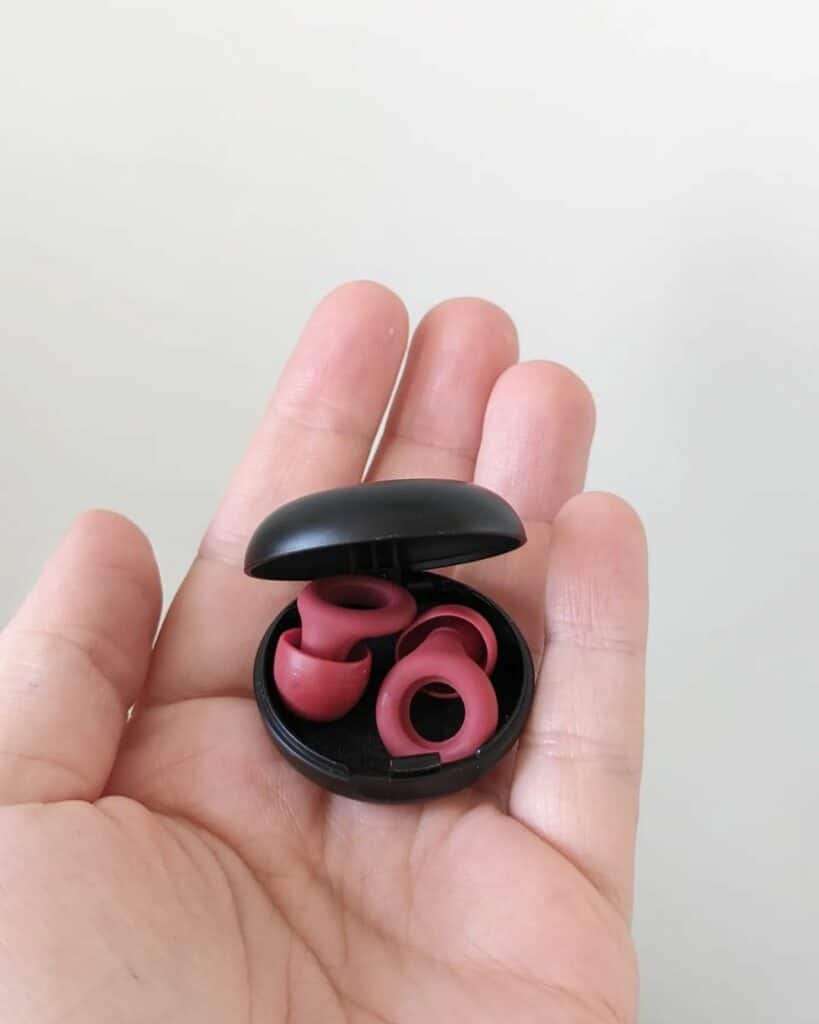
The hearing wellness industry has brought in a plethora of businesses specializing in high-fidelity earplug design.
Although most of them opt for a discreet design using silicone that’s as invisible as the pesky plastic bra straps we wore in the early 2000s, some festival earplugs are here to make a statement.
Featuring psychedelic prints, bold colors and jewellery-like silhouettes, some of those bad boys won’t play hide and seek.
Instead, they are willing to play their part in your festival outfit.
Every hardcore festie wants to fully immerse into beats and drops until he is old enough to completely ditch music festivals.
In that case, those little earbuds are godsent. While they might slightly reduce the volume of your aural experience, they will help your hearing survive any obstacle – be it a metal festival or three hardcore shows in a row.
Truth be told, it’s better to hear Martin Garrix’s drop 20 dB lower than not hear it at all.


